How to bridge the ‘Say - Do’ gap to make sustainable options stick
I was visiting Erasmus University in Rotterdam recently to mentor students on a consulting challenge.
As I made my way to the seminar hall, looking to grab some warm water, I spotted the water taps but none of the familiar paper cups anywhere. The programme co-ordinator found me and led me to the cafeteria to buy me warm water, which was served in a recyclable tumbler.
She explained that the University had mandated no disposables. Students and staff had fallen in line by carrying their own bottles and tumblers. She apologised for the inconvenience, because when guests visit, one has to walk all the way to the café on another floor and buy a tumbler.
We reflected that, despite the inconvenience, in one fell swoop, the use of hundreds of paper cups a day—millions a year—was out because of the mandate. Sometimes, when all else fails, regulation makes the way.
But regulation isn’t all that can solve the imminent, existential threat the planet faces today.
Tackling the intention gap is an important priority
Consumers believe that brands have as much responsibility as governments to create positive environmental change, and many want businesses to commit to protecting the environment. This trend is not just in developed countries but also in developing countries. The most dramatic growth in engagement and awareness has occurred in Asia: India (190%), Pakistan (88%), and Indonesia (53%). |
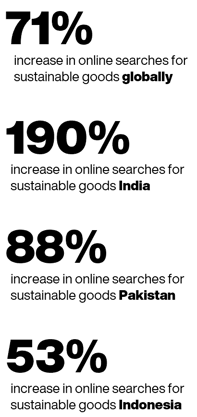
|
Yet, when 65% say they want to buy purpose-driven brands that advocate sustainability, only about 26% actually do so.
It is this ‘Say - Do’ or ‘Intention to-Action’ gap that more businesses need to find the strategies to unlock
Understanding why consumers profess one thing but do another, involves understanding the complexities of behaviour change. Awareness, price, and convenience play significant roles.
All businesses aim to change behaviours so that people buy or use their product, but as a B Corp company, we must commit to a higher level of challenge—to help people change their behaviour for good. This means we must be even more strategic and determined to succeed.
It’s different from overcoming resistance to trying a new shampoo with a short-term deal or offer. To get people to change ingrained habits into new behaviours for the greater good, it takes more than a 2-for-1 offer or a trial price!
You also need to be unafraid of having a big point of difference with the rest of the industry.
Let’s look at this 3-pronged strategy that organisations can use to help convert intentions into purchases:
|
1 |
2 |
3 |
Educate consumers: Often it’s the immediate impact over the long term, the emotional over the rational messages that get people to not only understand the issue but become motivated to do something about it.
| The #TurntoCold by Tide is one such campaign that exhorts consumers to switch from hot to cold washing of clothes to reduce energy use by 90% or save enough electricity to power the average American home for over an hour. Tide stakes this point of difference with its 'renovated formulation’ that enables tough stain removal in both cold and hot water. |
|
In a field study at a chain of drugstores, labelling the “10-year dollar cost” of energy for each product increased energy-efficient purchases from 12% to 48%.
We are currently partnering with our client DSM on a similar challenge: to get end consumers to switch to a more sustainable option by educating them on the positive impact of the change—both to their health and to preserving biodiversity.
Visualising and communicating impact in a way that people relate to is a powerful way of driving home the positive impact of sustainable choices or the negative impact of non-sustainable ones.
Incentivise good choice-making
Research has found that hope and pride help drive sustainable consumption. When people in one study were publicly praised each week for their energy-efficiency efforts, they saved more energy than a group that was given small (up to €5) weekly financial rewards
| Patagonia promises durability (‘built to last’) and encourages customers to buy high-quality pieces of their clothing, wear them as long as possible, and then return them to the company to be refurbished and resold. | 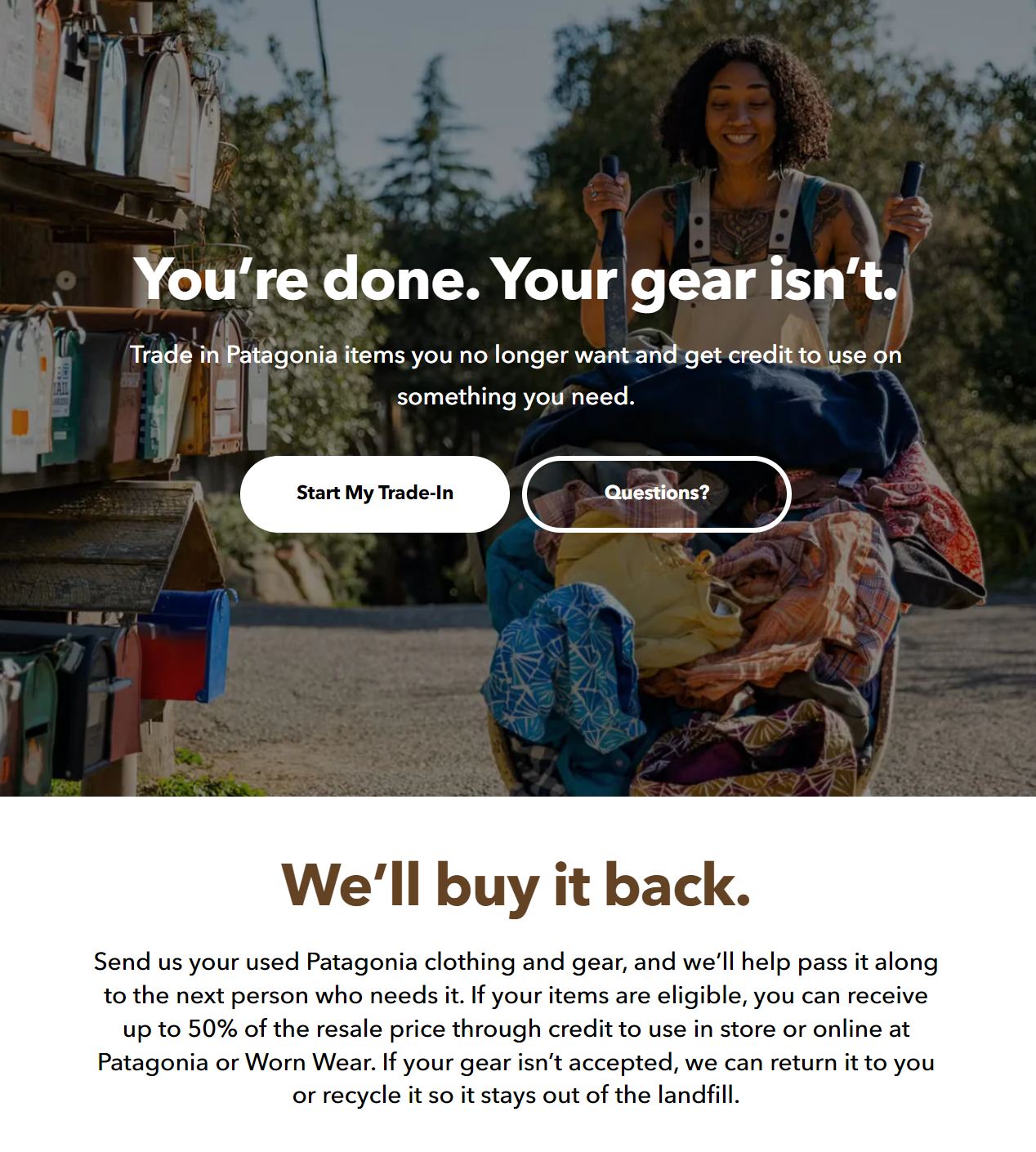 |
By positioning durability as an element of sustainable fashion, brands offer a win-win situation for environmentally conscious fashion seekers.
Simplify for accessibility and convenience
The simplest and probably most effective approach is to make sustainable behaviour the default option. This is similar to the Erasmus University mandate on disposables or receiving electronic vs. paper bank statements. However, mandates may not always be possible.
The #TurntoCold by Tide is a great example of making the action the consumer needs to take extremely simple—just switch a load from hot to cold.
Danone helps people switch to plant-based and lower-sugar products by making it simpler via recipe changes.
Much of this isn’t easy. Choosing to be a B Corp is brave. It’s about doing things that nobody else has. It’s about disagreeing with the status quo of the industry. It’s about pioneering. It’s about focusing on truly understanding what motivates behaviour change for the better.
With these strategies, B Corp companies can effectively close the ‘Intention to Action’ gap, building a conscious consumer franchise. We at Oxford stand ready to partner B Corps through this transformative journey, where purpose meets performance, profitably.
Sources
https://docs.wixstatic.com/ugd/148cb0_a1406e0143ac4c469196d3003bc1e687.pdf; An EcoWakening Measuring awareness, engagement and action for nature - The Economist Intelligence Unit; https://brandingstrategyinsider.com/demystifying-the-say-do-gap; The Elusive Green Consumer – Harvard Business Review - by Katherine White, David J. Hardisty, and Rishad Habib; https://tide.com/en-us/our-commitment/turn-to-cold; https://fashionunited.uk/news/retail/consumers-want-to-shop-sustainably-what-are-the-opportunities-for-brands/2022102465829
About the author
I am driven by the urgency to build businesses with purpose that will have a lasting impact on the health of the world. I have spent over 30 years leading transformational strategy and marketing work at P&G, Pernod Ricard, Pepsico & Unilever, taking many a road less travelled.
I thrive when helping diverse teams to achieve their full potential. There’s much to be done. Let’s make it happen!

Share this
You May Also Like
These Related Stories

Why purpose-led businesses must tell their stories
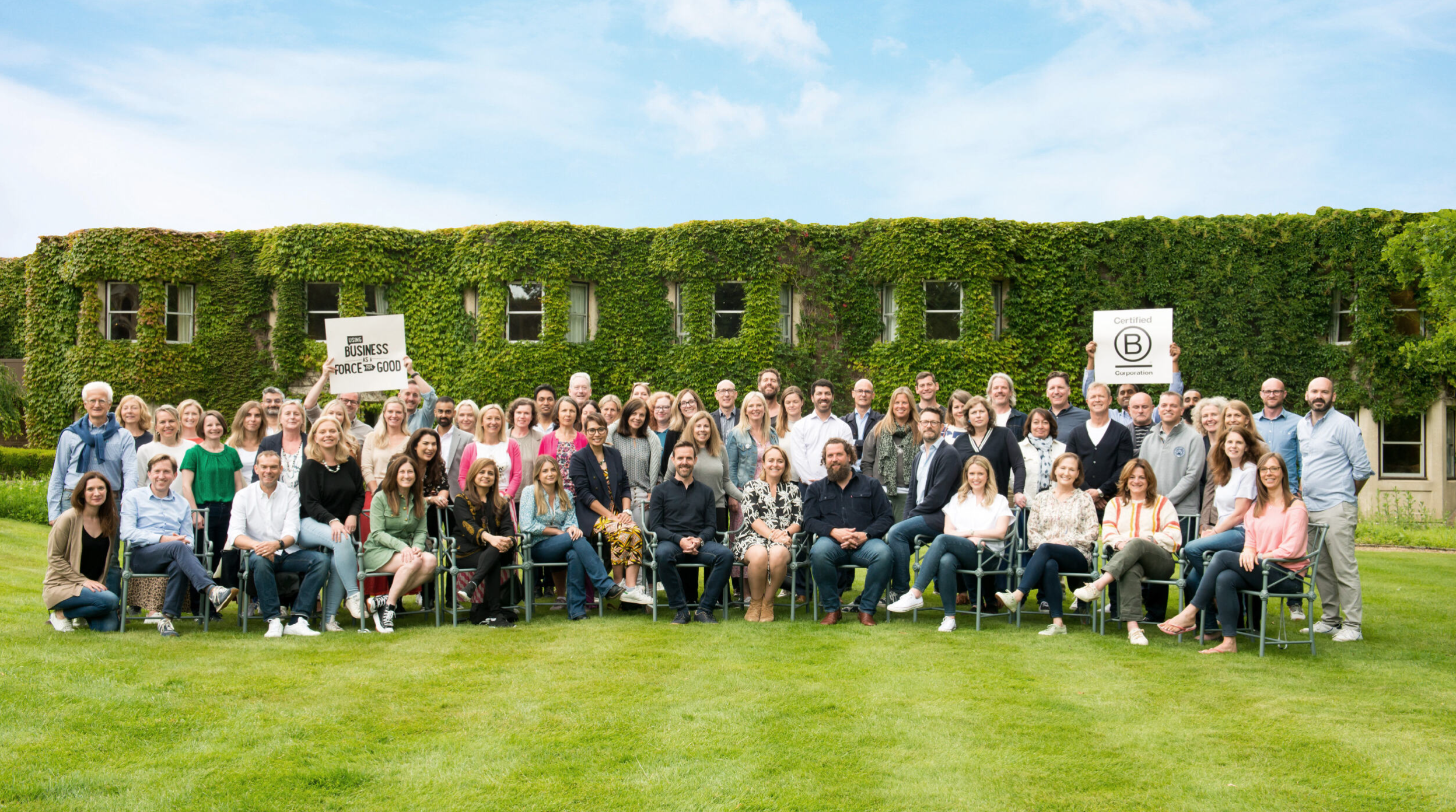
What it means to be a Most Loved Workplace
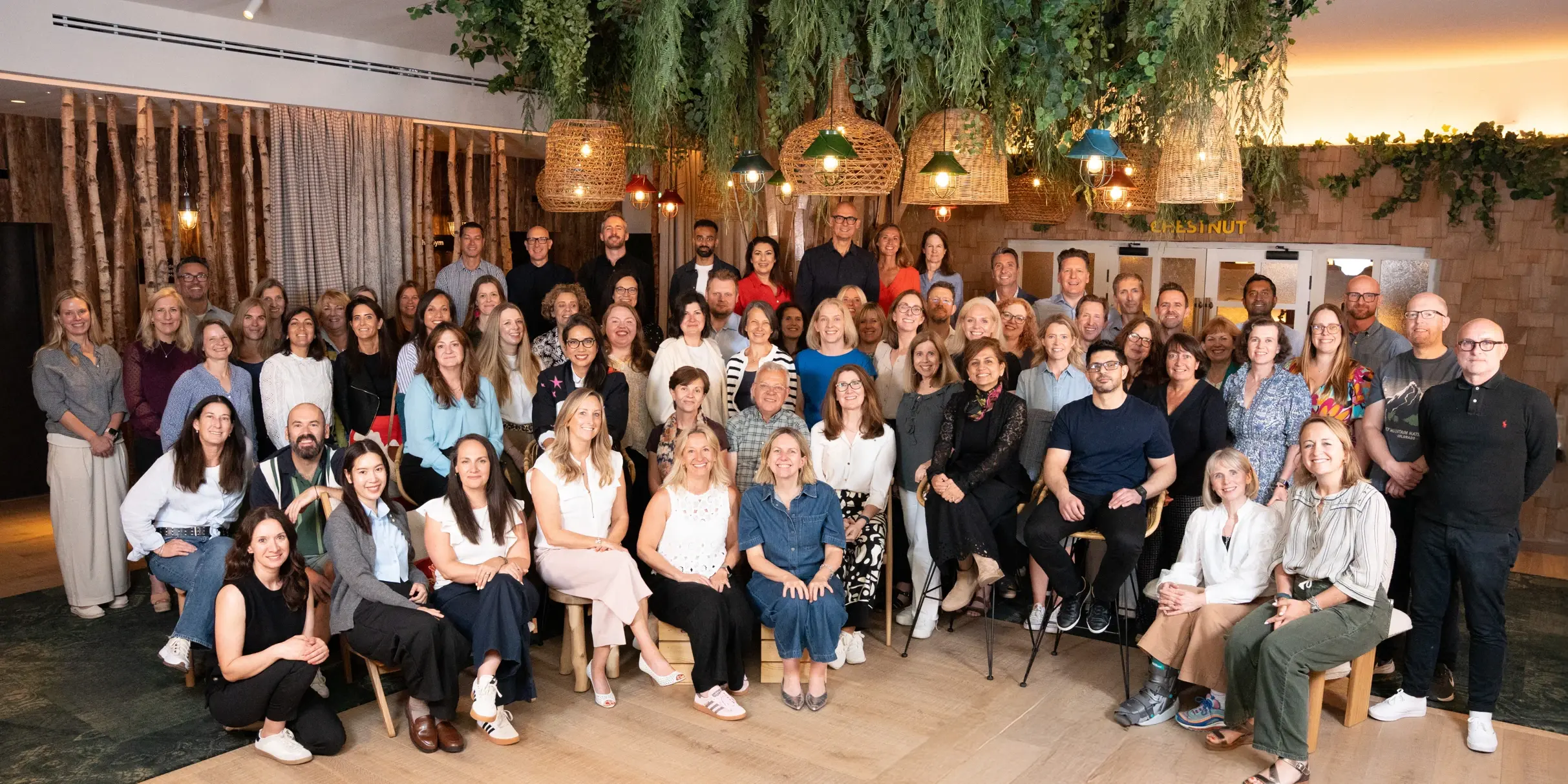
.png?width=657&height=57&name=OXFORD%20LOGO%20(1).png)
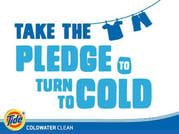
No Comments Yet
Let us know what you think